Final Fantasy 7 Remake Ending explained: What it means and the questions we have
We breakdown the ending of Final Fantasy 7 Remake
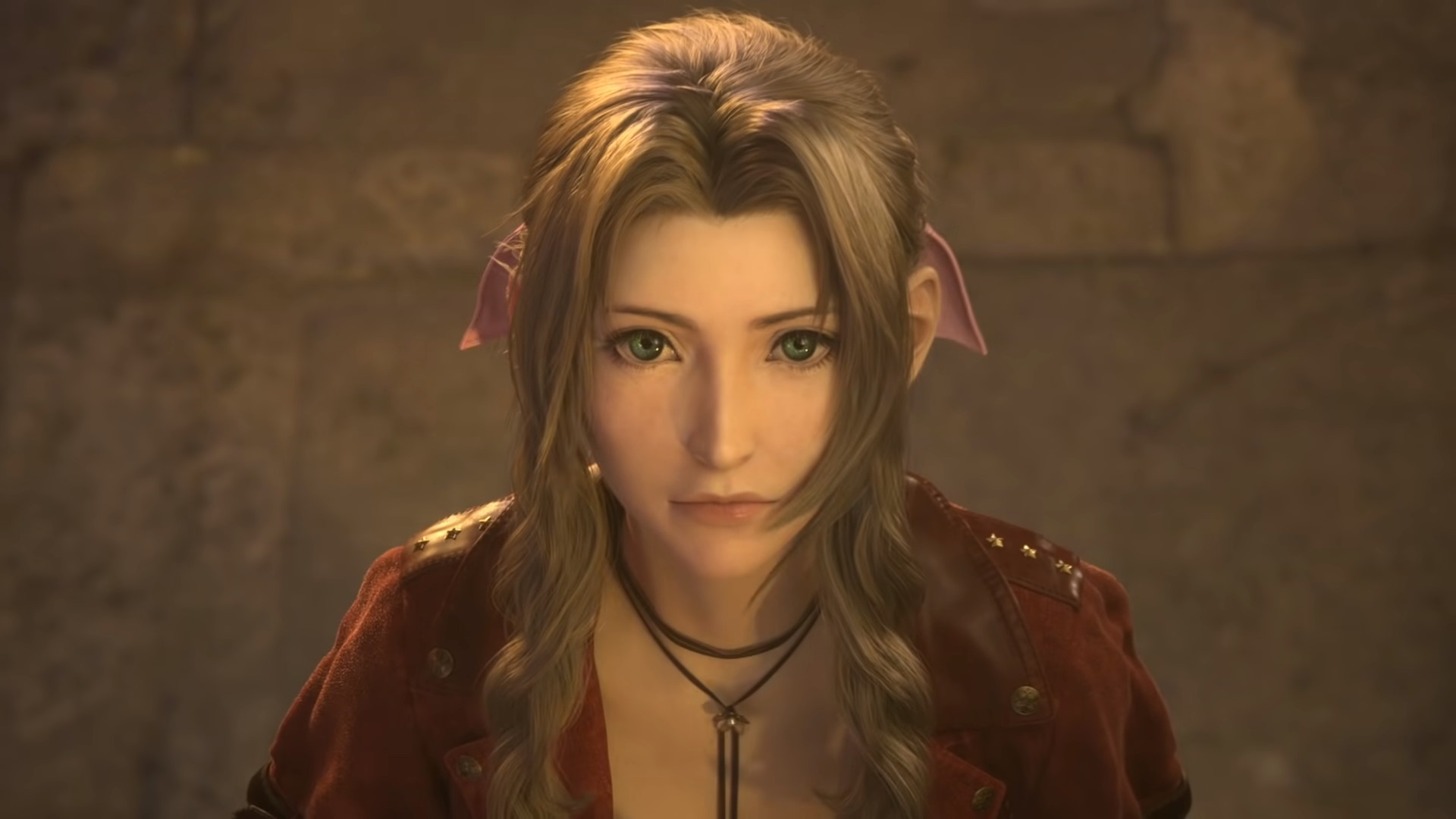
As you should expect, any discussion about the Final Fantasy 7 Remake ending has to come with a big spoiler warning stuck across the top. Although the overall storyline follows a similar trajectory to the original, and this opening part only takes in the area of Midgar, there have been some tweaks made to the Final Fantasy 7 timeline. The outcome of which is that proceedings aren't quite the same as before, which suggests this could just be the start of some potentially big changes in the future.
Overall the Final Fantasy 7 Remake ending leaves us with some very open-ended questions about where the next part of the Final Fantasy 7 Remake is heading. There's a lot to get your head around, with plenty of moments to pick apart and interpret to try and understand just what it all means, and what it could possibly suggest will happen in the future.
It goes without saying that this Final Fantasy 7 Remake ending explainer contains heavy spoilers about the closing chapter of the game, and also some story elements in the earlier chapters that tie into it for some context. If you haven't gotten to Chapter 18 yet, and you don't want to ruin it for yourself, then come back to this page once you're ready. You have been warned.
Final Fantasy 7 Remake tips | Final Fantasy 7 Remake locked doors | Final Fantasy 7 Remake differences | How long is Final Fantasy 7 Remake? | Final Fantasy 7 Remake heads or tails | Final Fantasy 7 Remake Materia | Final Fantasy 7 Remake Power of Music
Who are the Whispers of Fate?
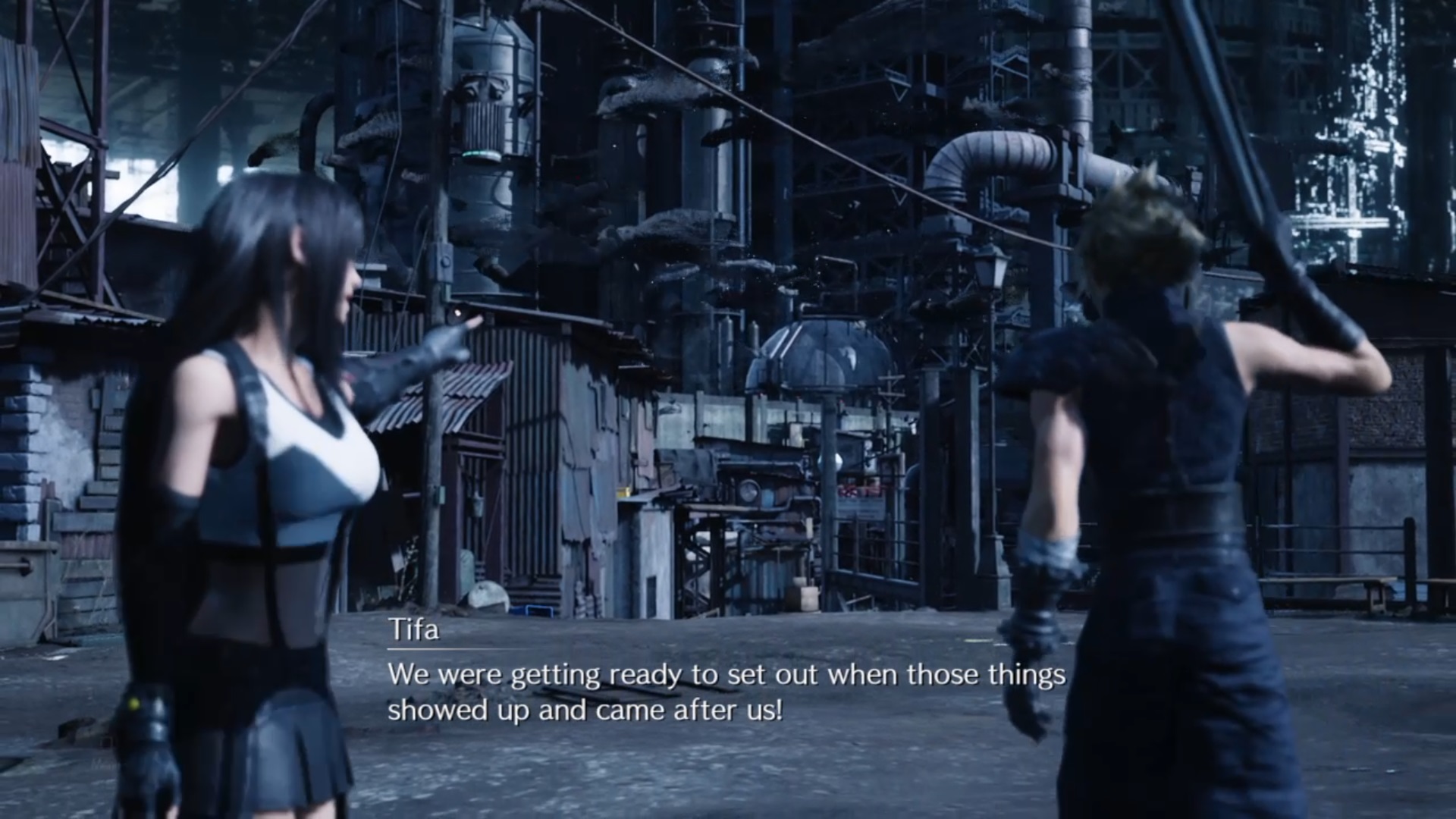
To understand the ending, it's best to start by covering one of the new story elements in the game that plays a key role in shaping the events of the Remake. Throughout the story, as early as Chapter 2, you're introduced to new mystery entities called Whispers. As the story progresses, these strange apparitions continue to appear during key scenes, and eventually, you learn that these ghostly figures are trying to ensure you stay on the destined path and don't deviate from the plans fate has set out for Cloud and the other main characters.
Looking back on the story, it starts to make more sense as to why the figures appear at certain points in the story. For example, the Whispers turn up just before Jessie, Barret and Tifa are about to carry out the second bomb mission without Cloud. As fate dictates though, Cloud was always supposed to be a part of the second bombing mission, as it sets about a chain of events that leads him to Aerith. The Whispers seem to intervene in order to prevent Jessie from going by injuring her leg and this therefore forces Cloud to go in her stead.
Throughout you'll also notice that the Whispers try to block certain character paths, such as Wedge in the Shinra building, to prevent them from changing their fate or breaking away from their destined path. Still with me? Another example of this is during Chapter 17, when professor Hojo is about to tell Cloud about his past way earlier than he did in the original game, and the Whispers whisk him away before he can do so. The Whispers even appear to be capable of bringing people back from the brink of death. During a boss fight in Chapter 17, Sephiroth attacks Barret, but the Whispers seem to heal him and bring him back to life. These Whispers of fate appear to be doing everything they can to try and keep the timeline on a set path.
Weekly digests, tales from the communities you love, and more
What is going on with Sephiroth and the portal?
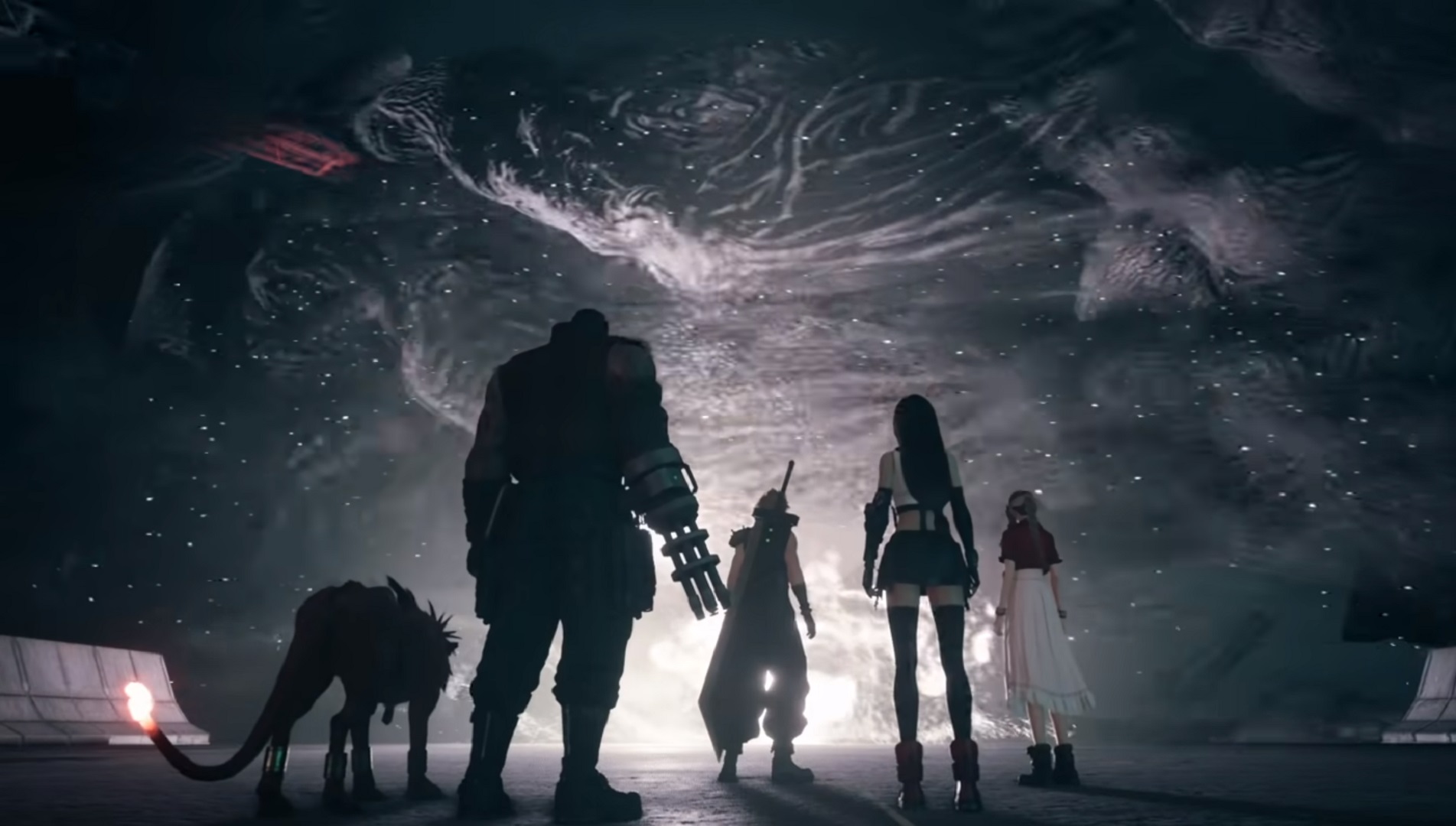
Once you reach Chapter 18, which is the final chapter of the game, you'll find yourself on the road heading out of Midgar, where you encounter Sephiroth. The Whispers of fate that have been encircling the Shinra building screech and cry out once Sephiroth enters through some kind of portal. As an Ancient, Aeirth's link to the planet gives her the power to hear the voices of the planet. It's also evident that she knows more than she initially lets on about Sephiroth's plans when she asks the group to help her stop him from posing a threat to the world, and she has some inkling of what's to come.
Interestingly, Aerith's words are partly what stand out the most, because it seems to suggest that the future of the story could go in unexpected directions. She mentions what lies ahead is "Freedom... Boundless, terrifying freedom. Like a great never-ending sky." You could take those words to mean that by taking on the fight that's about to unfold, it will enable the group to go their own way and try to prevent the destiny Sephiroth is hoping to fulfill. It could also give them the freedom to change their own fates in future, because their destined paths will no longer be written.
It's also interesting that Aerith initially hesitates to let Cloud enter the portal because "we'll be changing more than fate itself. If we succeed… if we win… we'll be changing ourselves." Now this is just my interpretation of course, but to me it suggests that by fighting the guardians of fate, they could in fact alter the timeline of events and therefore change who they are as people.
Why is Zack Fair back?
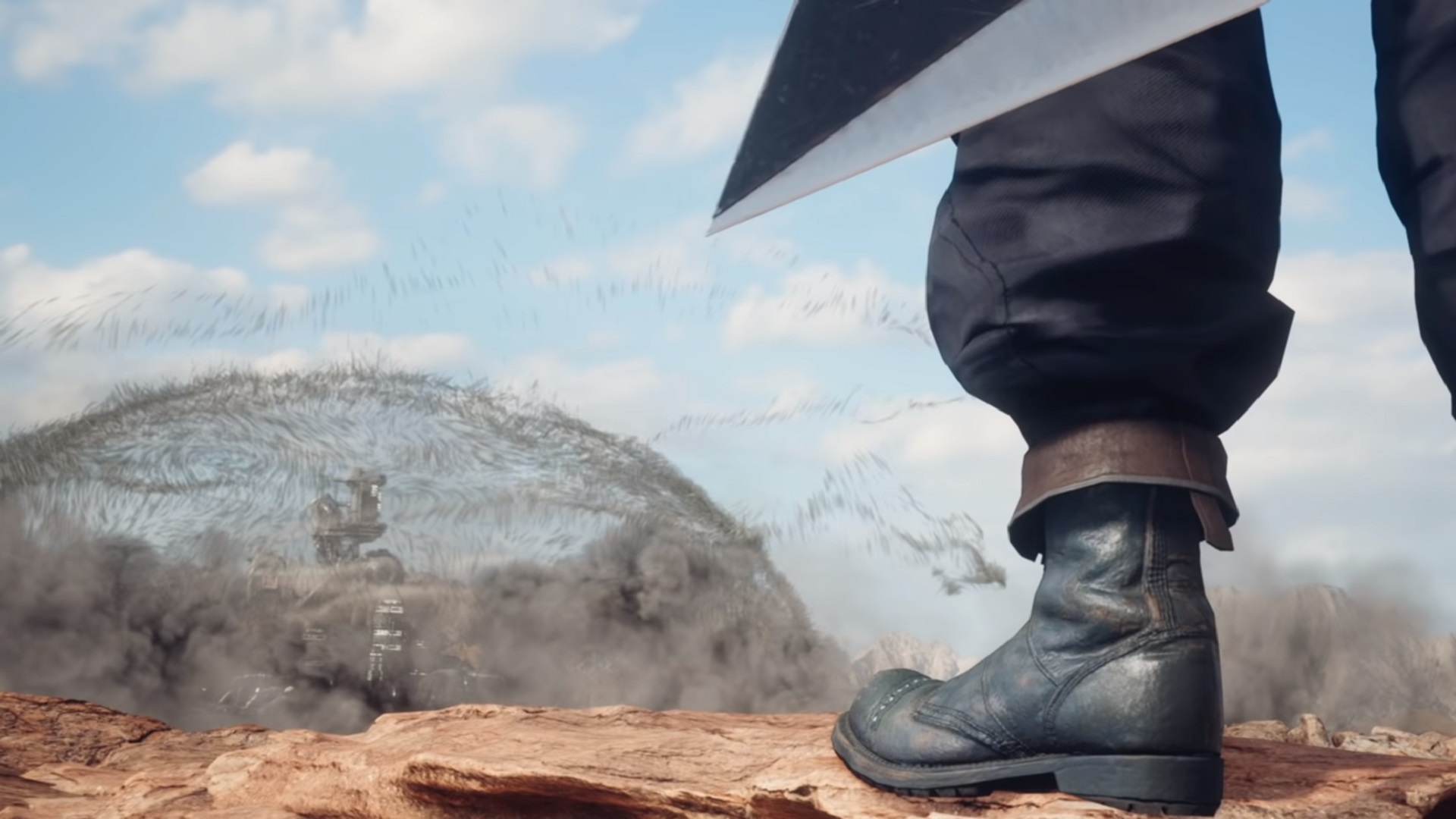
Just before you enter the portal to face the final boss fight, it cuts to a scene showing Zack Fair, a 1st Class soldier who plays a prominent role in Final Fantasy Crisis Core and in the story of Cloud. You'll notice in the scene that the Whispers of fate can be seen enshrouding Midgar, which may suggest that they're trying to prevent Zack from entering the city. In the canon timeline of events, Zack never does make it to Midgar, but once you've completed the boss fight the Whispers vanish, and Zack appears to survive the fight that originally kills him.
This is where it can get a little confusing because it's not quite clear as to whether we're seeing an alternate timeline or not, but it does seem to be the case. You can see a packet fly across the screen during the scene with Zack that curiously features the Stamp logo of a dog, but it's subtly different in design compared to the one we've seen throughout the game. This minor change does also seem to reinforce the idea that we're seeing a different timeline.
What repercussions this will have for the Cloud we play in the present remains to be seen. Were Zack to survive, Cloud's story would be drastically rewritten and could change who he is as a person, which does tie into what Aerith says after the sequence. It could also suggest we're dealing with a multiverse scenario. Aerith mentions that they're at the crossroads of destiny, and after the scene with Zack, the paths of the seemingly now living Zack and the present Aerith cross and seem to divide off. This could also show that Aerith senses Zack's alive in another timeline.
What is the edge of creation and what is Sephiroth talking about?
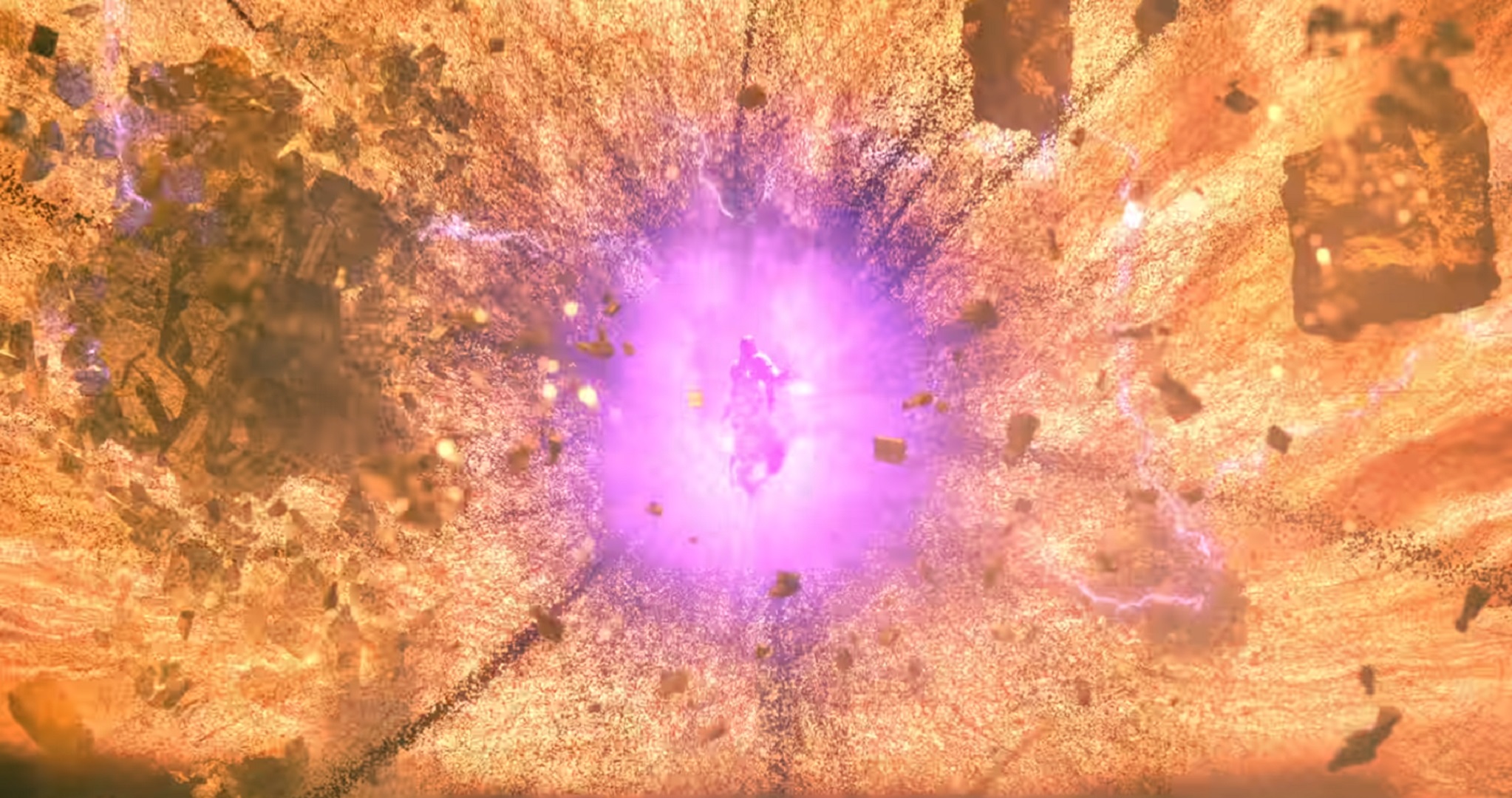
After you successfully fight Sephiroth, you end up in, as Sephiroth calls it, the Edge of creation, where he asks you to defy destiny with him. The entire lead up to this moment appears to be a way for the game to establish the fact that the path ahead is open, and may not be so stringently tied to the original plot. This idea seems to be reinforced by Sepiroth's somewhat cryptic words "that which lies ahead… does not exist."
He also says that "Our world will become a part of it… one day. But I… will not end." Just what is "it" that he's referring to? Going from the original story, the "it" they will all become a part of could be referring to the lifestream, which is the source of the world's magic. We've already seen glimpses of a meteor heading down towards the planet in an earlier chapter, and the ominous event is tied to Sephiroth. There's a lot to the ending, but the biggest takeaway I got from it was that in the future, we can expect the unexpected, and the destiny of Cloud and gang is no longer set in stone. Their fates may change, which could potentially mean the future of the Final Fantasy 7 Remake is wide open.
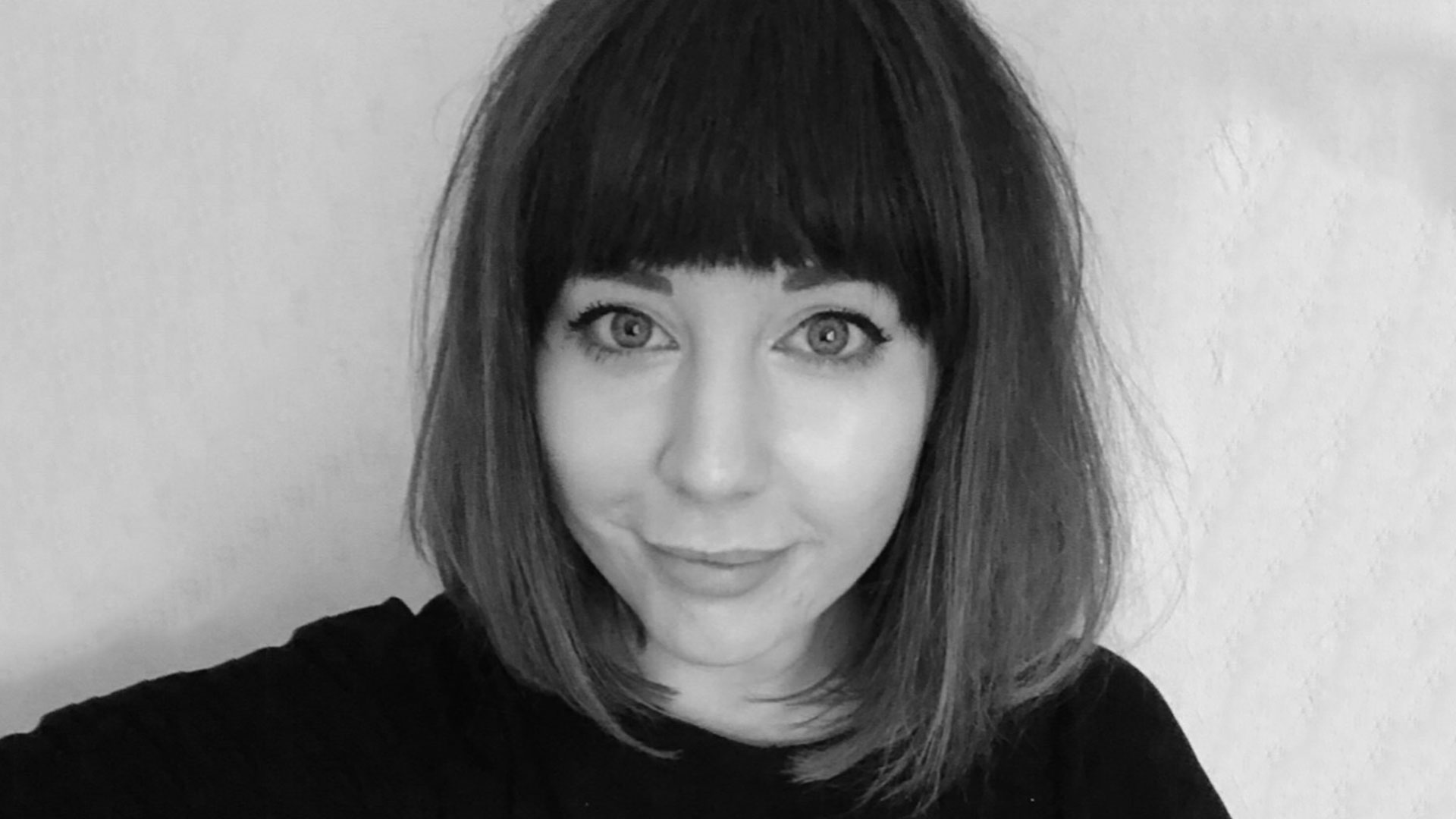
I started out writing for the games section of a student-run website as an undergrad, and continued to write about games in my free time during retail and temp jobs for a number of years. Eventually, I earned an MA in magazine journalism at Cardiff University, and soon after got my first official role in the industry as a content editor for Stuff magazine. After writing about all things tech and games-related, I then did a brief stint as a freelancer before I landed my role as a staff writer here at GamesRadar+. Now I get to write features, previews, and reviews, and when I'm not doing that, you can usually find me lost in any one of the Dragon Age or Mass Effect games, tucking into another delightful indie, or drinking far too much tea for my own good.


